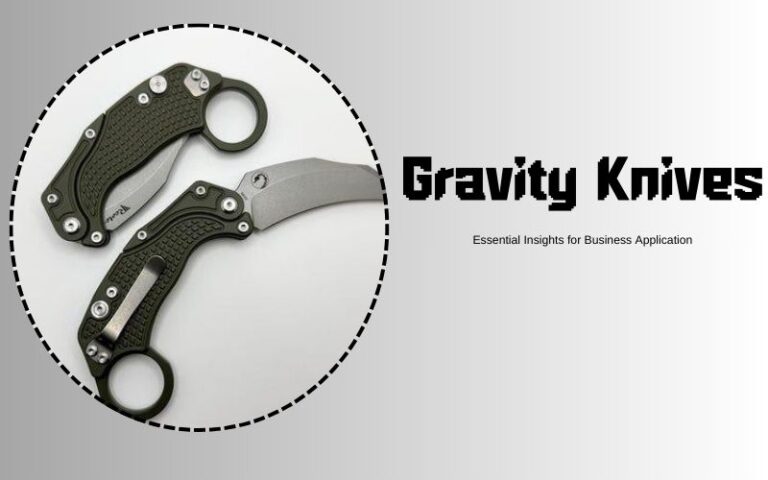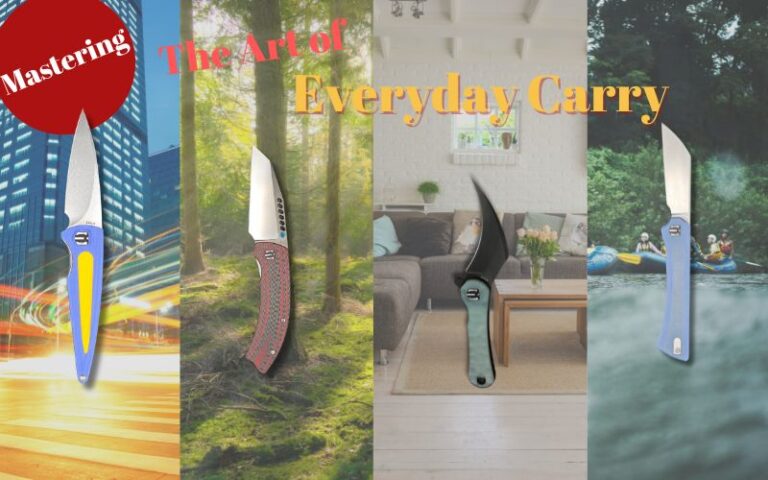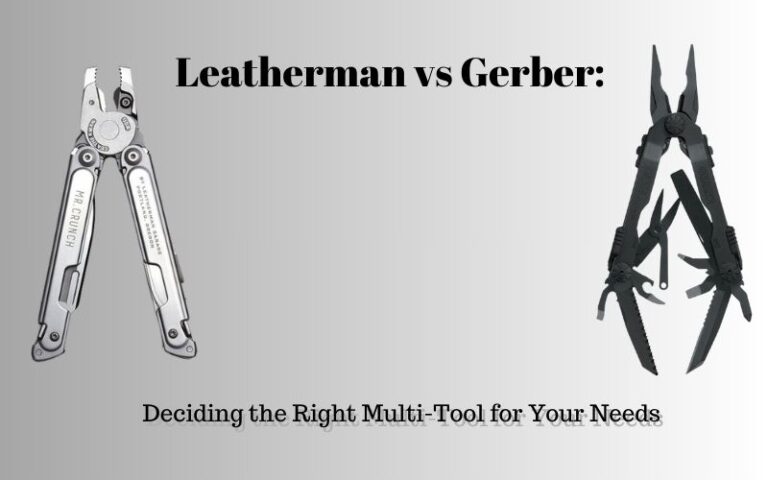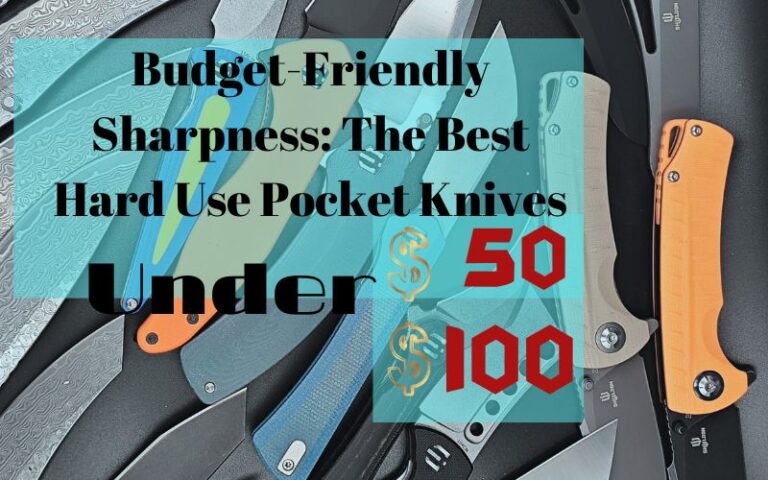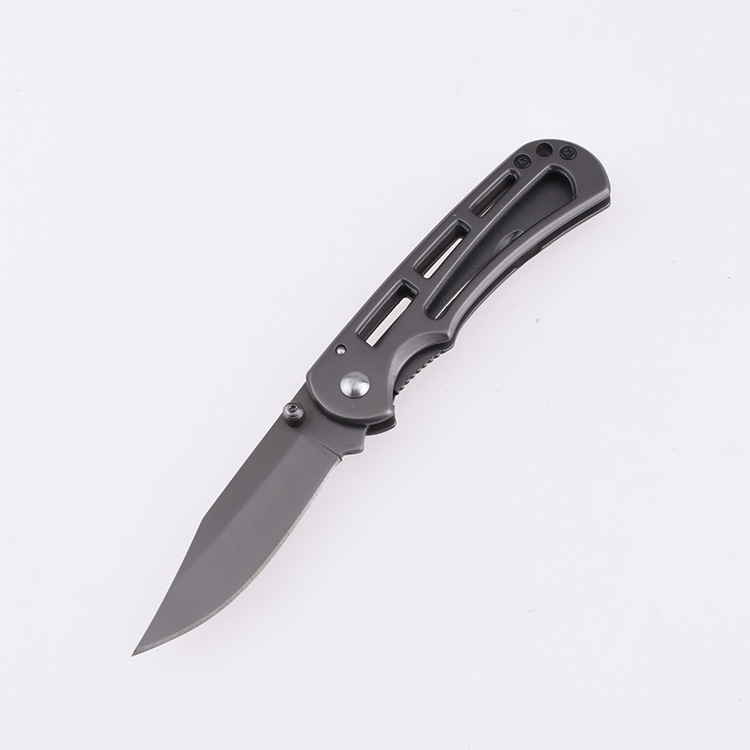
There are literally hundreds of knives to choose from, and the one you end up with will depend heavily on your lifestyle, where you reside, and most importantly, your personality.
Before adding a knife to your everyday carry collection, take the time to think of a significant application that can be accomplished with that knife.
Your EDC knives should be the ones you reach for every day, and they should give you the confidence to provide your best performance no matter what comes your way.
If you’re having difficulties settling on whether you need a little or big knife, this article will help you make the right choice.
Finding the Right Folding Knife Size
Traditional folding knives have always been a safe pick for handy carry blades. Their small weight makes them convenient to transport.
They’re a hit because of how many uses you can find for them. The most common sizes for folding knives are small and large.
But how do you settle on a certain measurement?
Purpose
The first consideration should be the tasks you intend to do with your knife.
Even while the best types of EDC knives can accomplish just about everything, there are some tasks that a small blade with serrations will be able to execute more successfully than a big blade with a straight edge.
Think about all the common activities that need the use of a knife or sword.
A big knife is a great addition to your every day carry (EDC) if you work on a farm and often find yourself having to cut through thick pieces of rope or open bales of hay.
A small knife might be a handy addition to your EDC if you spend much of your day opening mail as part of your job.
Create a list of all the tasks you expect to do with your knife, and then choose the appropriate size.
Local Knife Regulations
Even if your needs may be met by a single item, it doesn’t mean you can take it everywhere you go.
There may be regulations prohibiting the possession of fixed blades longer than a certain length, which varies by nation and state.
A concealed carry permit may be necessary for certain areas if you want to carry a knife with a fixed blade or that exceeds specific size restrictions.
When you know for sure that your daily carry knife is legal where you live, you can bring it with you without worrying about being arrested.
The Style of the Knife
When choosing a knife, the blade’s style shouldn’t matter until the very end.
Your knife will probably mirror your own taste and complement your outfit.
Carrying a knife with a pocket clip might be problematic if you routinely wear expensive trousers since they can wear out your pocket. You should, rather, have a little knife in your pocket.
Carrying a large knife with a hefty grip in your pocket could be unpleasant if you’re the sort of person who prefers more form-fitting garments, and people might give you some strange looks as a consequence.
Some individuals choose blades depending on the color of their outfits. If you discover that having a certain knife in your pocket gives you nightmares, you may wish to switch to a different type.
Small Knife
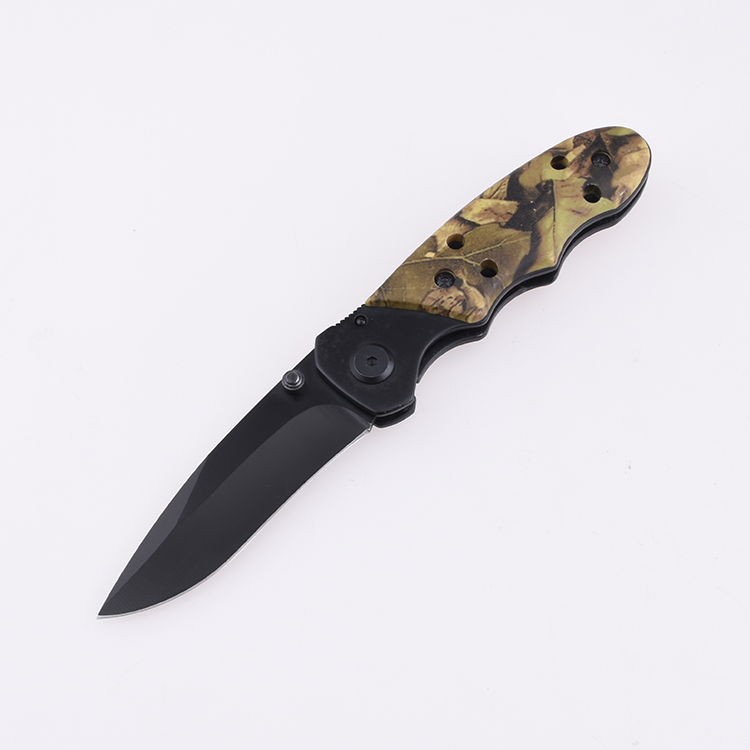
Many different types of small knives may be folded up and stored discreetly in a pocket.
Depending on your needs, preferences, and preferences, you’ll want to choose a different kind of knife. Let’s weigh the benefits and drawbacks before making our decision on a small knife.
Advantages of Small knife
The popularity of small knives as a daily carry item is on the increase due to the many benefits they provide. Some of these advantages are:
Lightweight
Smaller knives often weigh less than their larger counterparts. Because there are fewer components, little knives are lighter.
Due to this benefit, users are more likely to pack small knives for their daily adventures.
Opening parcels
Perhaps you’ve experienced the embarrassment of having coworkers catch you red-handed digging through their mail as you brandish a butcher knife.
If you had used a smaller knife, you may have avoided public humiliation and perhaps protected the contents of a confidential envelope.
Loosening Knotted Ropes
You may spare the rope from being cut into pieces by delicately pulling the knot apart with the tip of a knife, which is a far less difficult option.
The effectiveness of a larger knife depends on how precisely you use it; doing so might harm the rope, while a smaller knife is more manageable.
Cutting Ropes in a Tight Space
You’ve probably noticed that room is a precious commodity if you’ve ever been inside the cabin of a small boat or recreational vehicle.
This is particularly the case with compact cars. It’s risky to try to cut a rope with a large knife in a small space when you won’t have much room to maneuver about.
In this situation, control is of utmost importance.
Disadvantages of Small Knife
Because of their reduced weight, small knives are more likely to fall out of a user’s hand and inflict cuts.
Large Knife
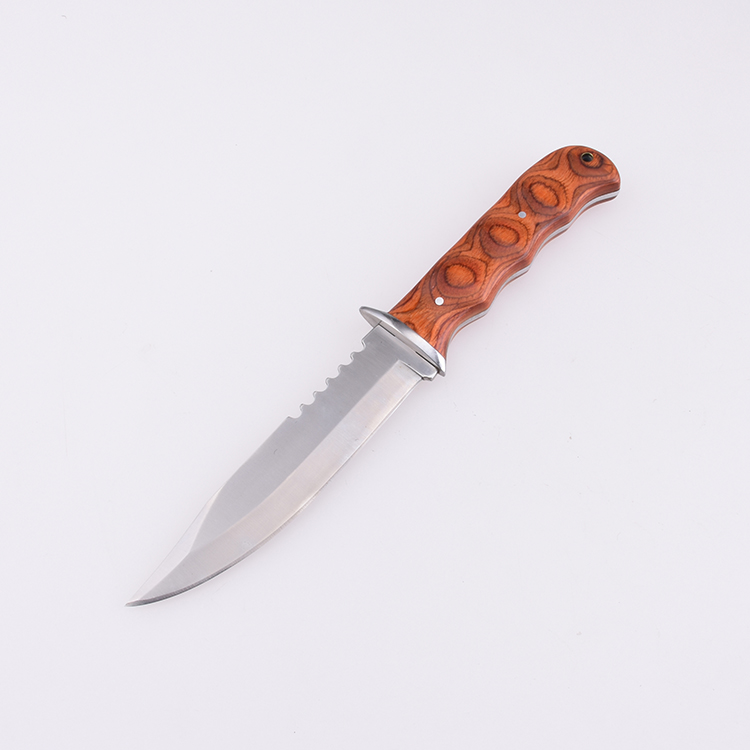
Do you have a passion for cooking or electronic design and construction? If that’s the case, you should definitely have several sizable knives in your arsenal of carry items.
The size of the blade and the size of the handle are both significant contributors to the overall size of these knives. Let’s have a look at the pros and cons of these options:
Advantages of Large Knife
You should use the appropriate tool for the task at hand if you want to slice or cut something.
One may need a large knife with more leverage and power than that of a smaller knife in order to operate with a particular object.
Consider the benefits of having and utilizing a big knife and make a decision based on whether or not they meet your requirements.
A large knife cuts better
The larger and heavier blades of larger knives make quick work of any meal preparation task.
Smaller knives are more difficult to grasp and handle, making their larger counterparts considerably more advantageous to use.
Cutting more quickly and efficiently with larger knives means less time in the kitchen and more time spent with loved ones.
Cutting through larger bits of food or making challenging cuts, in general, might lead a smaller knife to slide out of your grasp, therefore a large kitchen knife is safer than a smaller one, according to a knife expert.
Furthermore, owning a larger kitchen knife than you normally would use may help you save money on groceries without compromising on quality.
Best for Camping
People who do not reside in rural or wilderness locations should also have the opportunity to enjoy the benefits of camping.
Larger knives may do the job just as well as smaller ones, and they’re far cheaper than the typical compact knife set.
The larger size is particularly helpful for cutting wood for firewood or when gutting fish for use as bait once they have been caught.
Larger knives are Stronger
It takes more strength to bend a big knife than a small one. Thus, knives with a larger diameter, length, or thickness will be more robust than their smaller counterparts with the same blade design.
It’s worth stressing, nevertheless, that these considerations aren’t necessarily equivalent.
Blades manufactured from stainless steel, a softer metal, may be equally as robust as those made from high-carbon steel while being much thinner and more bendable.
A larger knife will Remain Sharp for Longer
When compared to smaller blades, long, hefty chef’s knives are known to retain their edge for much longer periods of time.
For the simple reason that a larger blade has more metal in it and so takes more pressure to dull.
Large knives may make quick work of bones and veggies, even if you’re accustomed to slicing with a narrow blade.
Having a 10-inch blade available makes quick work of dicing tomatoes at once.
You won’t have to sharpen them as frequently, though, since larger blades retain their edge for longer. The larger the knife, the more metal it contains, and the more effort it takes to dull.
Disadvantages of Large Knife
It’s inconvenient to carry around heavy large knives on a daily basis.
Should One Choose a Large or Small Knife For Everyday Carry (EDC)?
There is no easy solution to the issue of what kind of knife you should bring with you on a regular basis.
It’s likely that if you asked a hundred individuals about the knife they have with them at all times, you’d get a hundred different answers.
As a result, it’s not an easy job to do at all. In the end, however, one’s own preferences are what matter most.
The knife you have with you at all times, known as an EDC knife, should be sturdy enough to do everything from cutting rope to saving someone’s life.
Regardless of which EDC you choose, the selection will mostly come down to personal taste.
Small knives are ideal for light-cutting tasks including opening packages, chopping fruits, cutting bandages during first aid, and general office use.
When it comes to lesser jobs, nothing beats the portability and safety of a small knife.
However, a big knife, being both sturdy and constantly sharp, is best suited to demanding jobs.
It’s useful in the kitchen for chopping off large vegetables in comparison to a little knife, and it may be used outdoors to sharpen branches for use in setting up tents.
DJ-2506A1 Damascus Blade
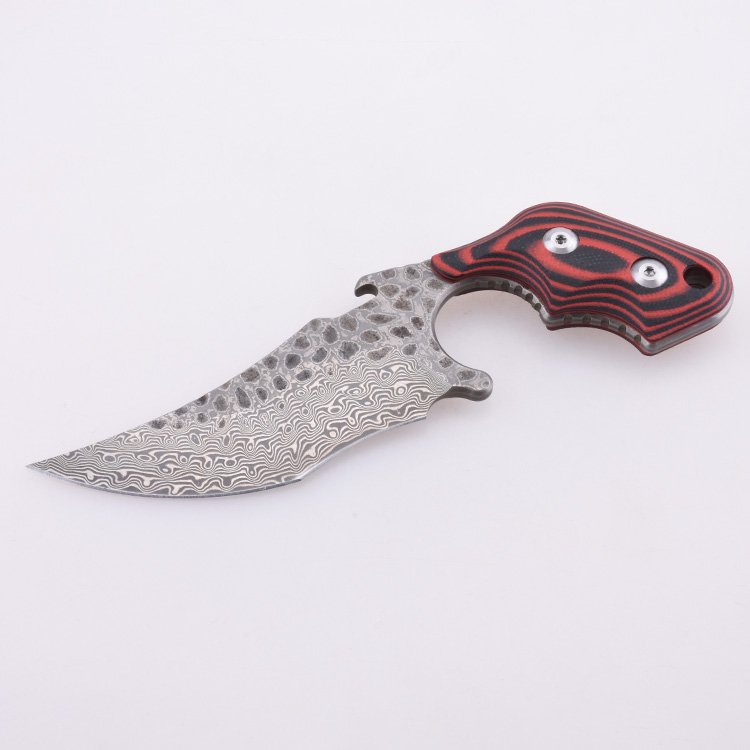
One of the finest and most stunning custom fixed-blade hunting knives is the Shieldon DJ-2506A1 Damascus Blade, which manages to combine classic and modern aesthetics in a single striking package.
It’s worth the price since it’s crafted from two different types of steel, giving the blade a unique look and feel.
The blade’s core is made from Damascus steel, which is both softer and more easily sharpened than high-carbon steel.
This suggests that the blade was subjected to many passes of rolling during the forging process, resulting in the formation of layers that were then filled with diverse alloys.
Each layer contributes its own level of flexibility, so the final product is a blade that can bend without breaking under the strain of a cut.
Because each layer has a different color, the knife is much more visually appealing.
Takeaways
You should now have some notion of when a small knife is appropriate and when a larger one is needed.
A small knife is the best option for opening packages, cutting bandages, everyday office activities, and chopping fruit.
To make quick work of tougher chores like sharpening a branch or chopping larger veggies, a larger knife is the way to go.
Here at Shieldon, you can get the finest quality knives of every size and shape. Get in touch with us if you need anything.

